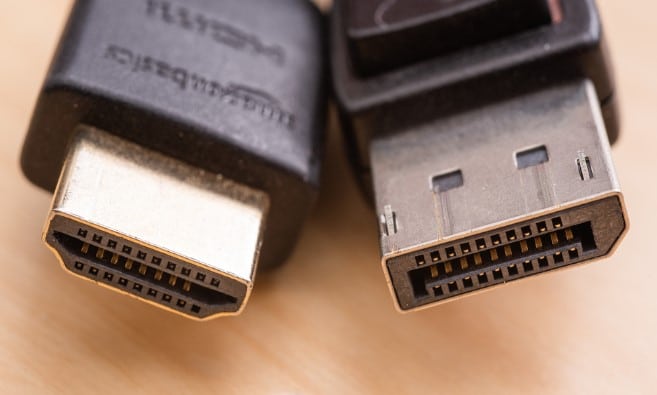HDMI and DisplayPort are two different things that have distinct standards for doing different things. True, these two items can transmit video and audio from a player to a display. There are people who look at both as multimedia connectors that do the same thing in different ways. Is that how you see them?
As we have seen in the history of technology, the tool that does anything better pushes the other competitor to the back. We can’t, however, say that the situation looks the same with these products. Those who have TVs may at times face a dilemma; which should I connect to my TV? A DisplayPort or an HDMI? Have you ever faced the same annoying situation?
Apart from showing you what HDMI and DisplayPort do, we will also outline how you can use them. Is there something unique to these cables? Read on to find out.
What is DisplayPort?
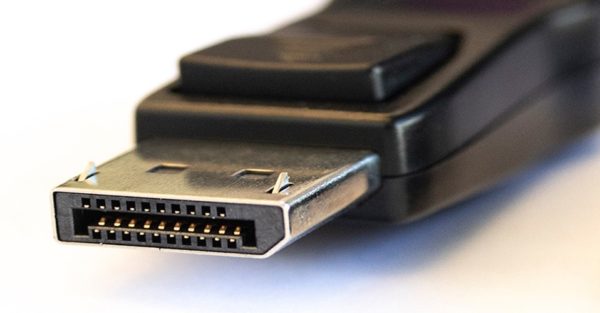
This is a cable, an interface for digital displays. It works mostly with computer monitors. It is capable of acting as a high-performance replacement for other display modes like Video Graphics Array (VGA) or Digital Visual Interface (DVI).
It takes advantage of the same type of technology used in USB and other Ethernet connections. It supports high resolution, having a number of connector pins. It is able to transmit video and audio data, either individually or simultaneously. However, to the best of our knowledge, this tool can’t replace the HDMI connector. It can only complement it.
DisplayPort Advantages

This connector has several advantages over older standards of transmitting video. Check out some of the advantages below.
- It has flexible bandwidth allocation, which allows for desired division of resources between video and audio
- Adaptable for long-distance transmission over fiber optic cables
- It can support communication between chips and circuits within a single device
- It drives displays directly, no need for the auxiliary control hardware
- Able to transmit multiple video streams over a single connection
- It offers video data transfer rate of up to 17.28 Gbps
What is DisplayPort used for?
It is an interface tech designed to connect high-end graphics capable PCs and displays as well as some home theater equipment and displays. It works by utilizing a technology called Transition Minimized Differential Signaling (TMDS) link tech to send high bandwidth video and audio signals. It is a 20-pin connector that allows the contact point to send maximum data and transfer for its AUX channel. This connector can be adapted to support a VGA, DVI, or HDMI interface.
In most cases, your gaming computer comes with both a DisplayPort and an HDMI port. It is good to know that if you’re looking to use a DisplayPort, you will have a PC in mind.
DisplayPort on a modern monitor
On modern PCs, it is very likely that you find different DisplayPort connection points such as the ones listed below.
- DisplayPort 1.2 – Supports up to 4K at 60H
- DisplayPort 1.3 – Supports up to 4K at 120Hz or 8K at 30Hz
- DisplayPort 1.4 – Supports up to 8K at 60 Hz and HDR
- DisplayPort 2.0 – Supports 16K with HDR at 60H and 10K without HDR at 80Hz
As you can see above, DisplayPort connectors are quite different in the capacities in which they operate. Try checking carefully before you buy, so that you can avoid having to send it back to the seller.
DisplayPort Other uses
Of course, there are other ways to use DisplayPort. It supports AMD’s FreeSync and Nvidia’s G-Sync. If you’re a gamer, you know what it means to have a better gaming experience when you used DisplayPort. Ensure that your monitor supports the technology of the connector.
Secondly, it is also possible to use several monitors from one DisplayPort connection. In this way, it helps to reduce the number of ports that could have been used. It has also been noticed that laptops can even send DisplayPort signals through USB-C port.
What is HDMI?
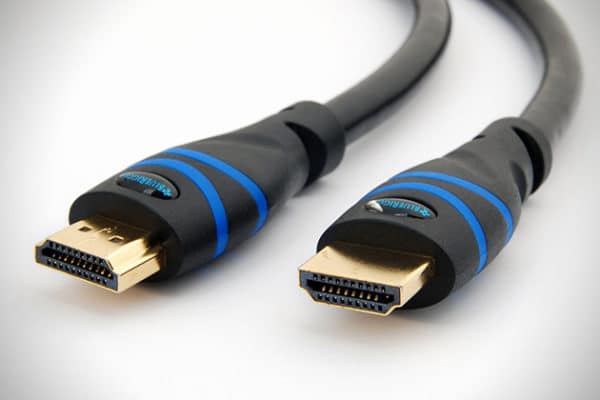
HDMI is more popular than DisplayPort. The name stands for High Definition Multimedia Interface. It enables a high-definition transmission of video and audio in a wide variety of products. While DisplayPort works for PC, HDMI works for TV and PC. It enables the enhancement of quality in viewing and sound systems.
HDMI enables a user to experience all the digital solutions needed to connect and interconnect with other devices and components in the home or office area. Your systems will communicate with themselves in a seamless manner. If you use different gadgets or devices, consider HDMI as a means of making life easy for yourself daily.
What is HDMI used for?
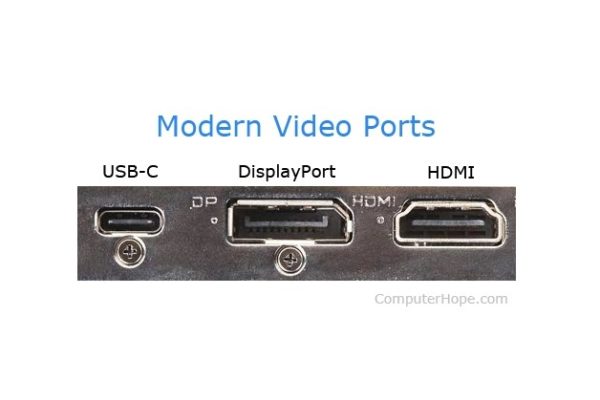
Today, most people use this technology as a connectivity means between a laptop, or PC, and a TV. As clarified above, your laptop or desktop computer may come with both products’ ports from the manufacturer. How you use them and the knowledge you have about them will determine what quality of video and sound you can get from your gadgets.
HDMI is commonly used on TVs. It sends high-definition video and audio signals over one cable for a clean, easy setup.
Different Types of HDMI
Like the DisplayPort, there are also different types of HDMI versions. The reason for this is that over the years, the cables have been improved, with the latest one having the best performance.
There are three types of HDMI cables as can be seen below.
- HDMI 1.4 – Supports up to 4K at 24Hz, or 4K at 30Hz, or 1080p at 120Hz
- HDMI 2.0 – Supports up to 4K at 60Hz, including support for HDR
- HDMI 2.1 – Supports up to 10K at 120Hz, as well as improved HDR, with dynamic metadata
HDMI for PC & TV
Take note that if you’re using 4K at 60Hz with HDR, you need a cable that has the label Premium High Speed or 18Gbps. If you need to get HDMI for 8H resolution TV at high refresh rates, you may need to opt for more bandwidth.
However, there are lower spec cables too, that still work even though they are low quality. In some cases, you will see that the images on the screen are not clear enough, and this may be due to lower spec HDMI cables.
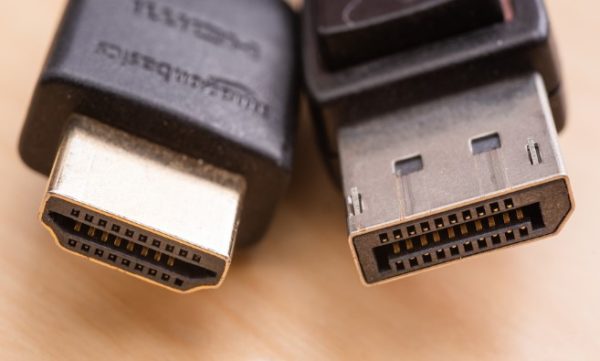
If you’re buying HDMI cables today, ensure that it has AMD’s FreeSync technology. But note that Nvidia’s G-Sync technology will not need HDMI – it needs DisplayPort only to work well.
Choosing between DisplayPort and HDMI
One is not necessarily better than the other in all cases. There are rules to be followed, such as if you’re looking to make a choice between a DisplayPort 1.4 and HDMI 2.0, the DisplayPort is a better choice.
If on the other hand, a PC monitor only gives the choice between HDMI 2.0 and DisplayPort 1.2, the HDMI would be better. These two cases mentioned here mean that your device supports both DisplayPort and HDMI.
Word of Caution
Check the capacities of both your monitor and your video card. That is very important before you decide on which DisplayPort or HDMI cable to use. Remember that if you’re looking to use the features of HDMI 2.1 (This is an example) you will need a monitor with HDMI 2.1 port and a video card with HDMI 2.1 port. If for example, one of these runs HDMI 2.0, it will not be possible to enjoy newer features.
